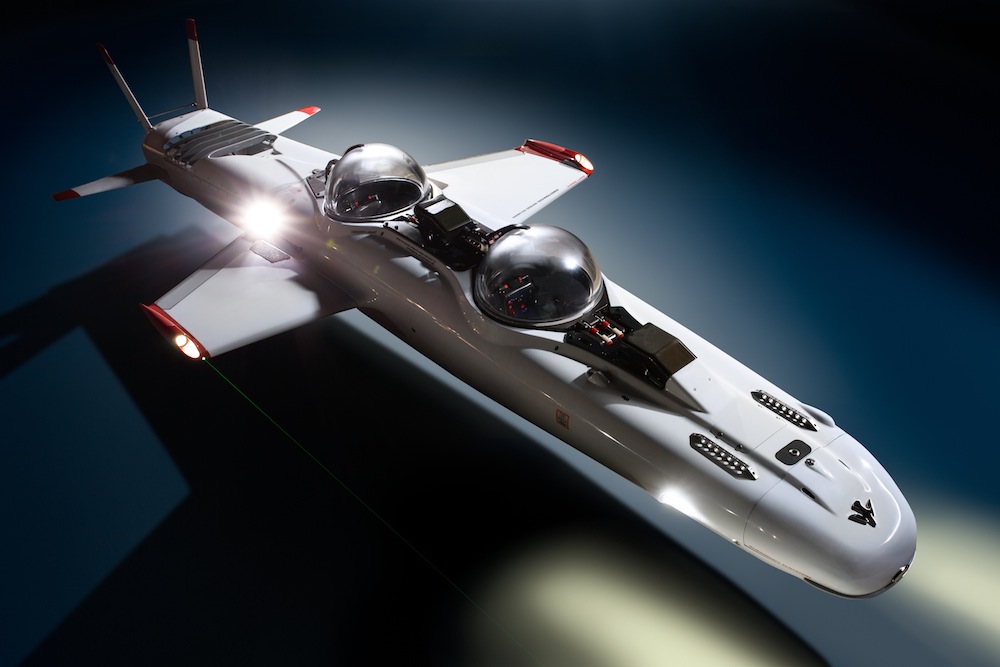When you purchase through links on our site , we may realise an affiliate commission . Here ’s how it works .
A young clinical trial is testing pieces of pig tissue paper that , when implanted in soldiers ' wounds , avail re - grow torn - out muscle . One work participant theNew York Times interview , Sgt . Ron Strang , gained the ability to scarper after losing a orotund ball of his left thigh to a roadside turkey in Afghanistan .
" It was amazing , " Strang told the Times . “Right off the squash racquet I could do a full tread , I could turn away my human knee , sound off it out a little bit , just enough to get that initial spring where gravity would take it the rest of the way . " Before the handling , Strang had undergo established surgery that left him the ability to move his remaining leg backwards , but not forrard . He walked awkwardly and fell frequently , but now is able to run on a tread-wheel .

Testis compositum contains pig testicles, pig heart and pig embryo, plus other compounds.
The discussion implants what ’s known as " extracellular matrix , " a biological body structure that ’s the base of all tissues in animals and people . ( Strang get a piece of ground substance harvested from a pig ’s vesica , a common source for biomedical study . ) Scientists previously thought the structure only provide staging for living cells to grow on , like a trellis for a climb vine . More recently , researcher have learned that extracellular matrix also actively helps muscles and other tissues re - maturate by calling over stem cells and generate the mobile phone instructions to turn into heftiness cells or other type of tissue paper cellular phone .
The study that Strang is part of will eventually screen extracellular matrix in 80 patients who involve new muscular tissue in their arms or pegleg , the New York Times reported . It ’s being conducted by surgeons at the University of Pittsburgh and funded by the U.S. Department of Defense ’s Office of Technology Transition . It will admit civilians as well as soldiers .
One of the study ’s lead scientists , Stephen Badylak , warned that the intervention ca n’t completely restore muscle . At the Times story , a photo of Strang ’s legs usher his injured second joint still has plenty of miss muscle . The goal is to touch on some lost abilities , Badylak said .

Source : New York Times

















